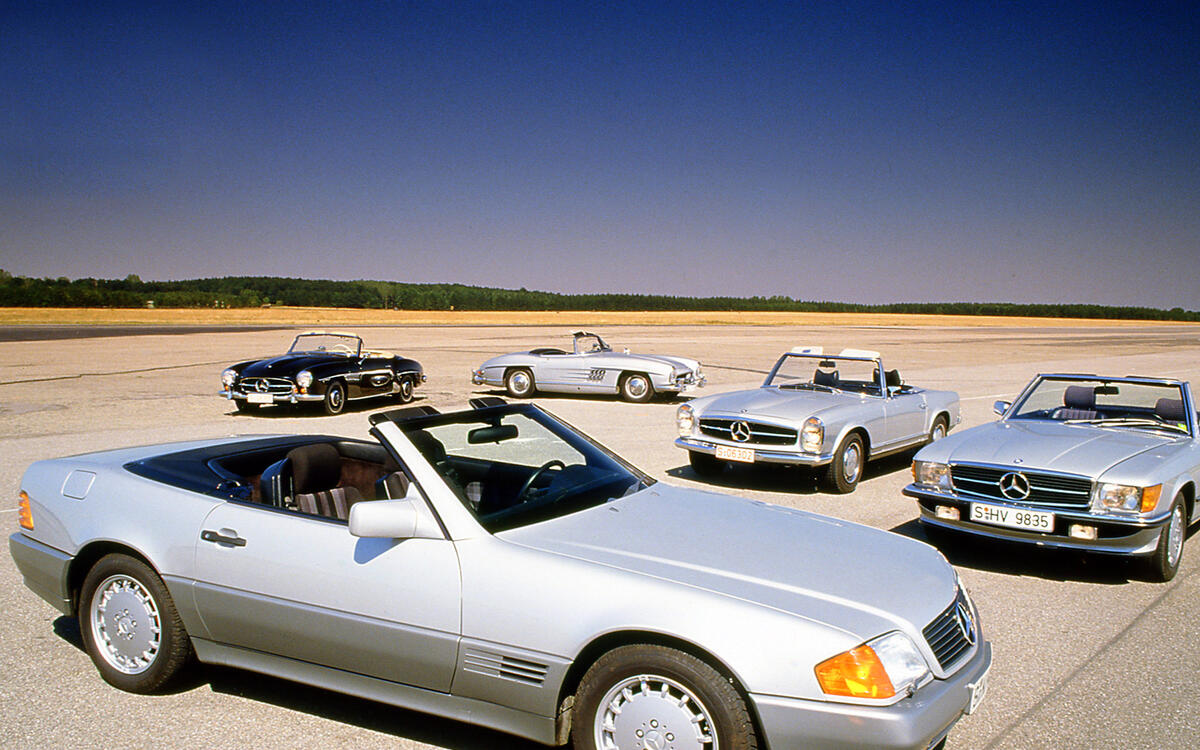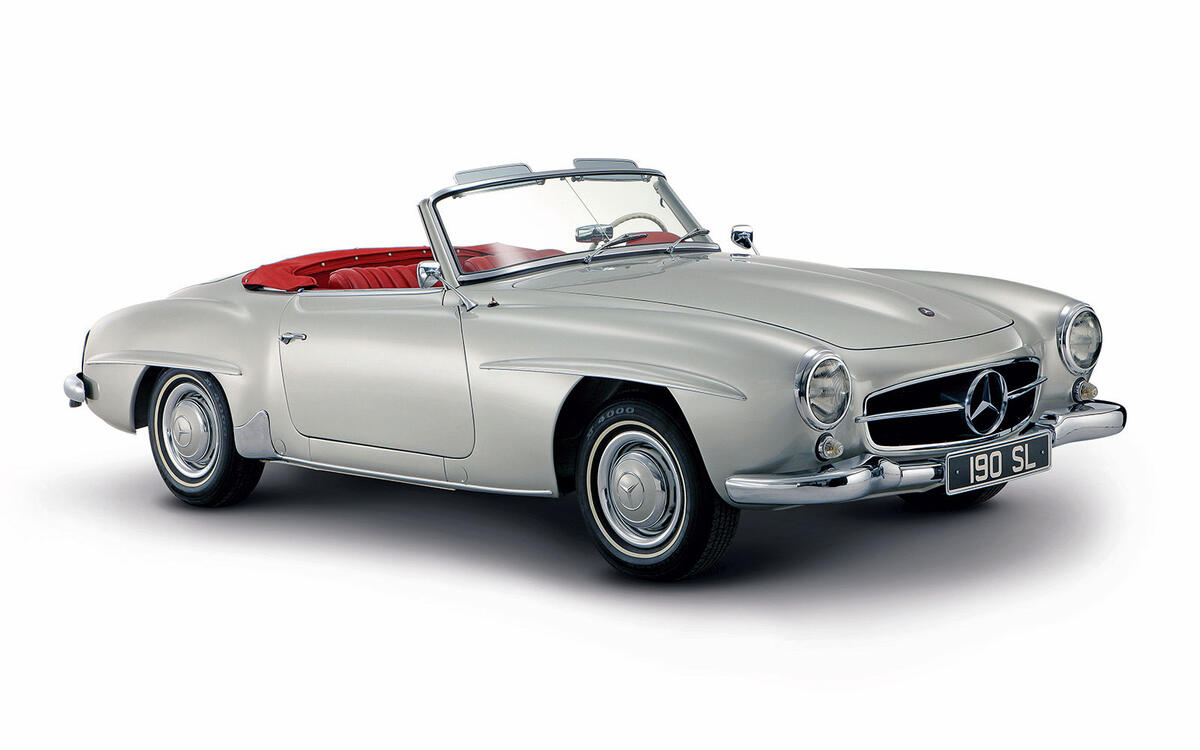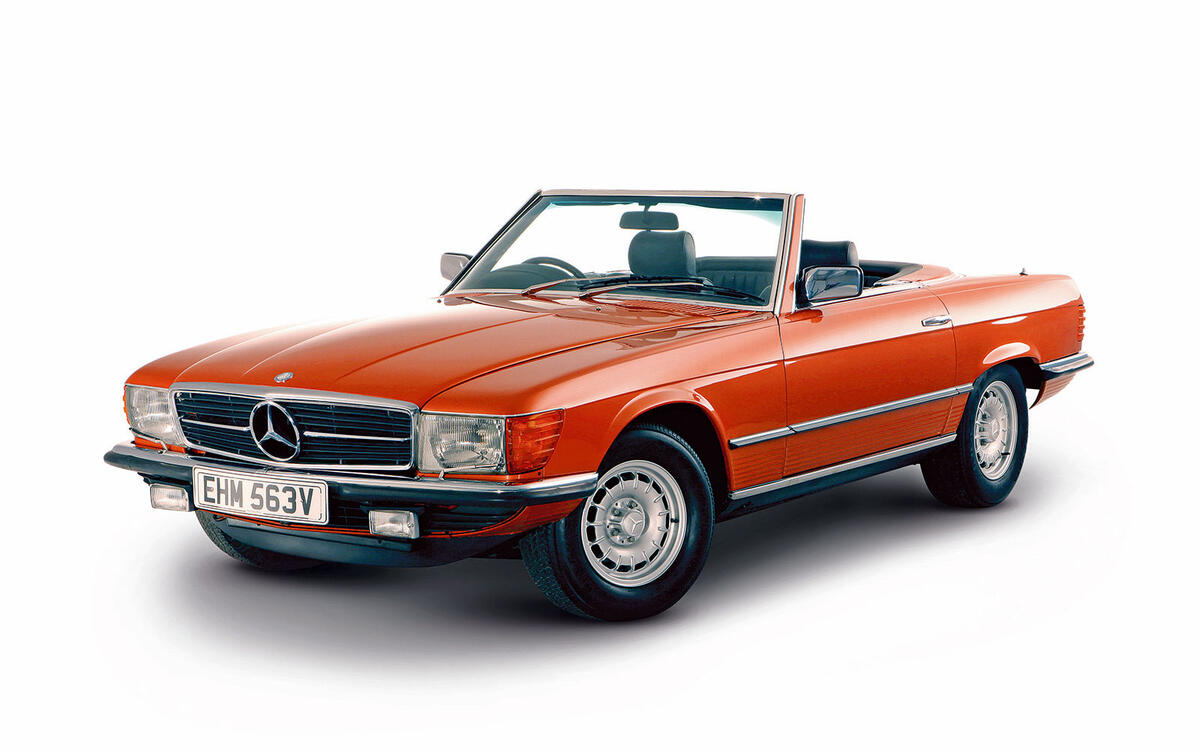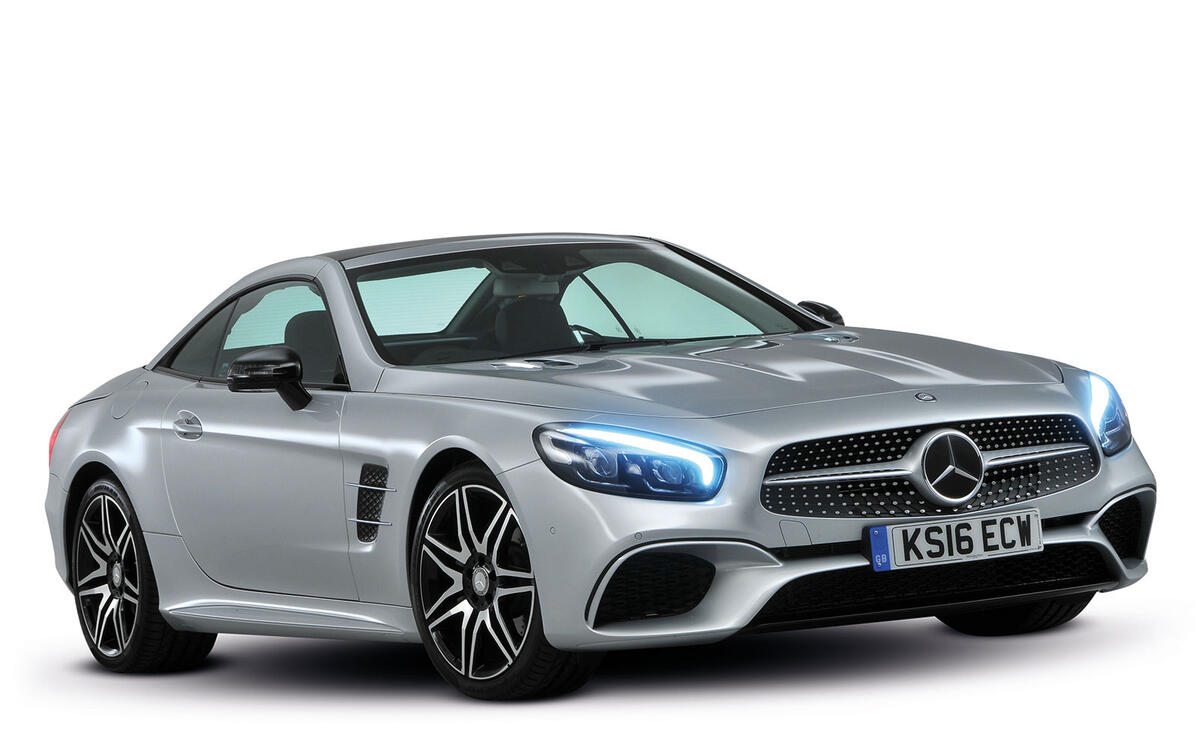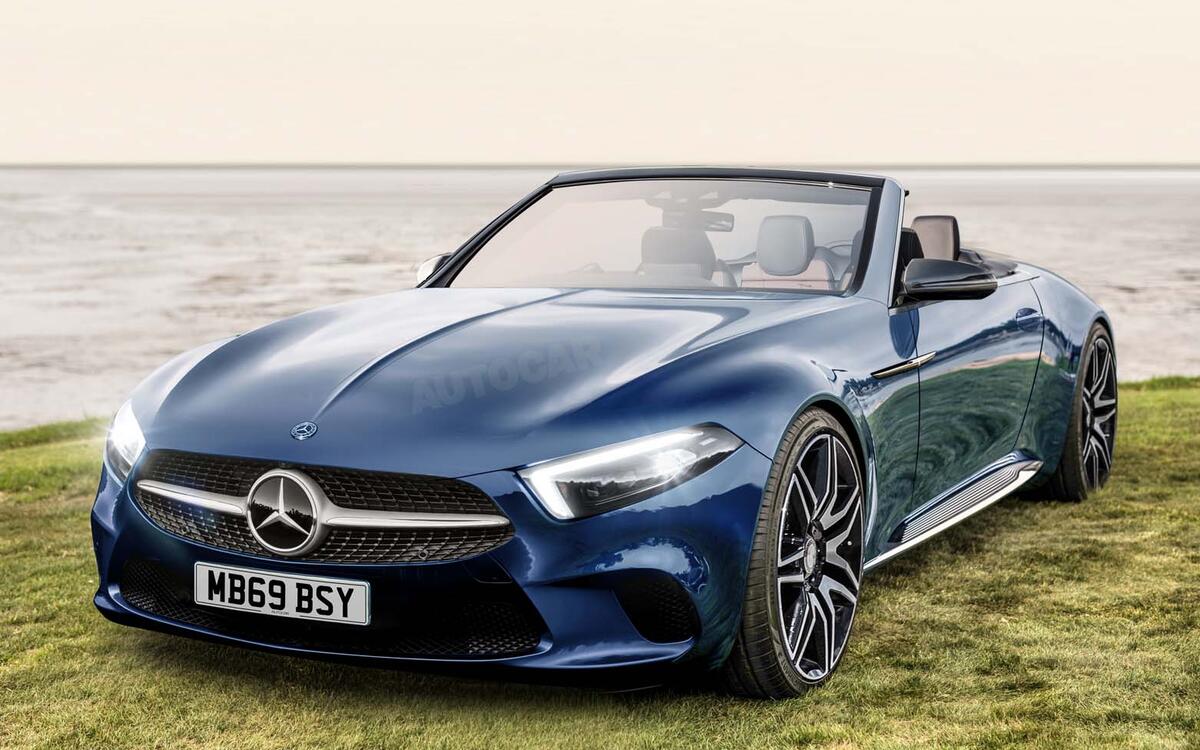 Slide of
Slide of
Mercedes may have always been defined by its large saloons.
But it’s the company’s sportier, lighter models that have brought the true glamour to the range, and the SL has been at the forefront of that. Since 1955, the SL has been the car to cruise in – and perhaps more importantly, be seen in.
As Mercedes prepares its next generation car to be launched in 2020, time to take a look at the cars that made the SL as we know it:
 Slide of
Slide of
190SL (W121) – 1955-1963 – 25,881 produced – 3235 per year
The first ever convertible SL arrived in 1955 - a year after the legendary 300SL ‘Gullwing’. Instead of sharing the hard-top’s expensive tubular spaceframe, the 190SL’s utilised a shortened monocoque of the R121 saloon. Along with its smaller 105bhp 1.9-litre four-cylinder engine, the 190SL was cheaper to buy than the coupe. It used the same suspension as the more exclusive 300SL however, with double wishbones at the front and swing axles in the rear.
 Slide of
Slide of
300SL (W198) – 1957-1963 – 1858 produced – 309 per year
The 300SL roadster featured a tweaked version of the spaceframe used in the coupe, it also got the same 3-litre six-cylinder engine as the Gullwing, producing slightly less power at 215bhp. From 1961 the roadster became the first Mercedes to get disc brakes on all four wheels. To highlight its more sporting pretentions, it got the coupe’s front wing grille and was 20mm (0.8in) lower than the 190SL.
 Slide of
Slide of
Pagoda (W113) – 1963-1971 – 48,912 produced – 6113 per year
Like the 190SL, the Pagoda’s platform was derived from a contemporary Mercedes saloon - the W111. Because the Pagoda was much smaller than its W121 predecessor and still relatively wide, it had superb handling for the time.
In 1967 the most popular Pagoda was released, the 280SL. Accounting for almost half of the W113’s total sales, it came with a 170bhp six-cylinder capable of 0-62mph in 9.3 seconds. Notable owners include John Lennon, Sophia Loren, Charlton Heston and Stirling Moss.
 Slide of
Slide of
(R107) – 1971 – 1989 – 237,387 produced – 13,188 per year
The R107 was the first SL available with a V8. The US got the largest 5.6-litre V8 engine, but due to strict U.S. emission regulation the Euro-spec 500SL was the fastest model with a 0-60mph of 7.4 seconds and a top speed of 140mph. Despite this, two thirds of R107s made were sold in North America.
 Slide of
Slide of
(R129) – 1989-2001 – 204,940 produced – 17,078 per year
The R129 was billed as a grand tourer rather than a hardcore sports car, with gas-pressured shock absorbers creating a silky smooth ride and all the options of the contemporary S-Class. While it was heavier than its predecessors, the R129's range had more powerful and modern engines.
The SL 73 AMG, sold by Mercedes between 1997 and 2001, used the same 7.3-litre V12 engine as the Pagani Zonda; just 85 SL 73s were sold.
 Slide of
Slide of
(R320) – 2001-2011 – 166,433 produced – 16,643 per year
The R320 is best known for being F1’s designated safety car in the early 2000s. Despite having this advertisement at the forefront of motorsport, the R320 was only available with automatic transmission and its weight significantly increased over the R129 thanks to the introduction of a metal folding roof. Engines ranged from a 228bhp V6 to a monstrous 661bhp bi-turbo V12 in the SL 65 Black Series.
 Slide of
Slide of
(R321) – 2011-present – undisclosed production
Like previous generations of the SL, the R321 made use of Mercedes’ latest technology with options like lane keeping assist, active parking assist and night view assist giving the R321 an S-Class level of quality. The SL had gained the reputation of a comfortable cruiser long before this generation but with a 140kg shaved from its weight and a stiffer chassis, the R321 regained some of the SL’s sporting credibility.
 Slide of
Slide of
THE FUTURE
Mercedes-Benz is preparing to revive its iconic SL as a lighter, faster and far more engaging model featuring engineering input from the German manufacturer’s AMG performance car division, and this is our artist impression of how it might look. The eighth-generation model will receive a traditional fabric hood in place of the folding hard-top arrangement that has been used for the past two incarnations of the SL.
We estimate we'll see it on the road in 2020 based on an all-new platform, key elements of which are set to be shared by a planned successor model to the AMG GT.
As well as sharing a common platform structure, the two upmarket Mercedes models are also expected to share axle assemblies, suspension, steering systems, 48V electric architecture and hybrid drivetrains, among other components, in a move to cut costs and boost production efficiency. The new SL and GT will be built alongside each other at Mercedes’ Sindelfingen plant in Germany. Read Autocar's full story on the next 2020 Mercedes-Benz SL here.
As we look forward to the next SL, it's time to take a look at the line's glorious past
Advertisement


